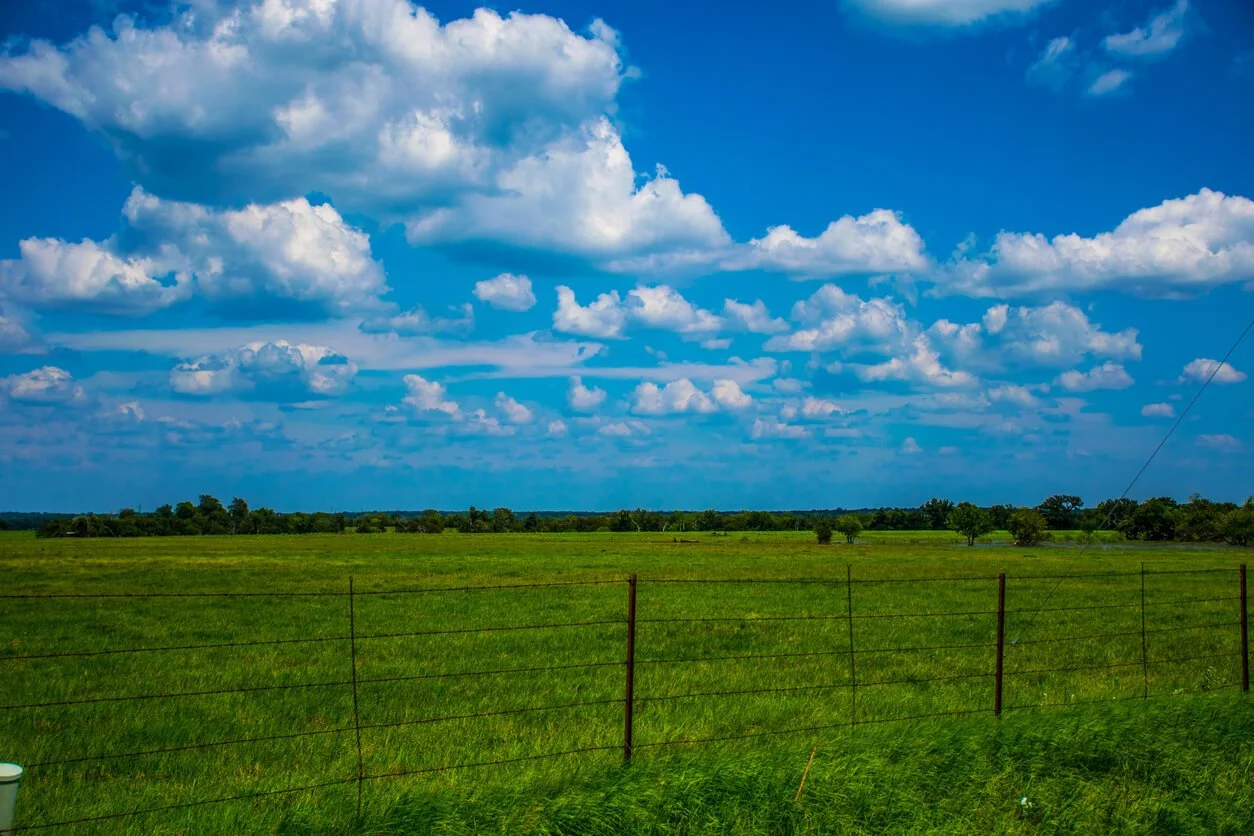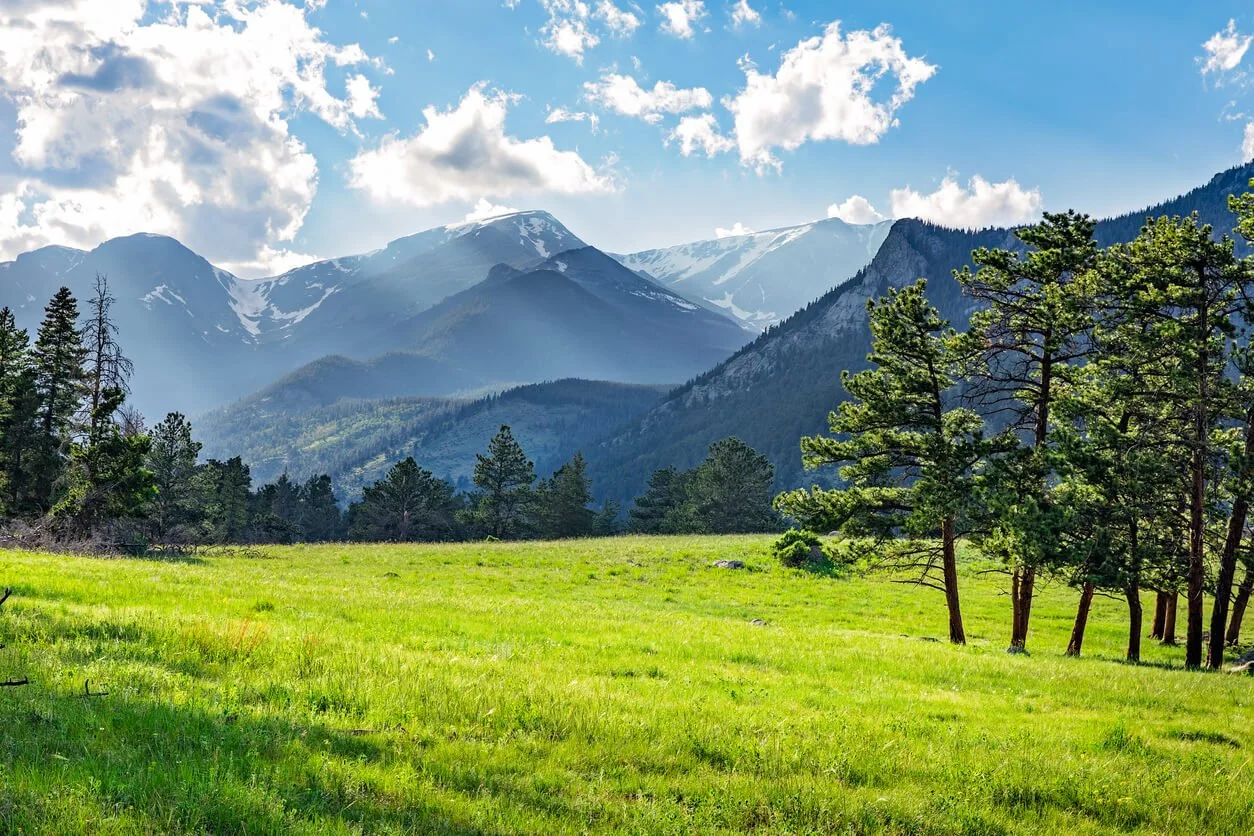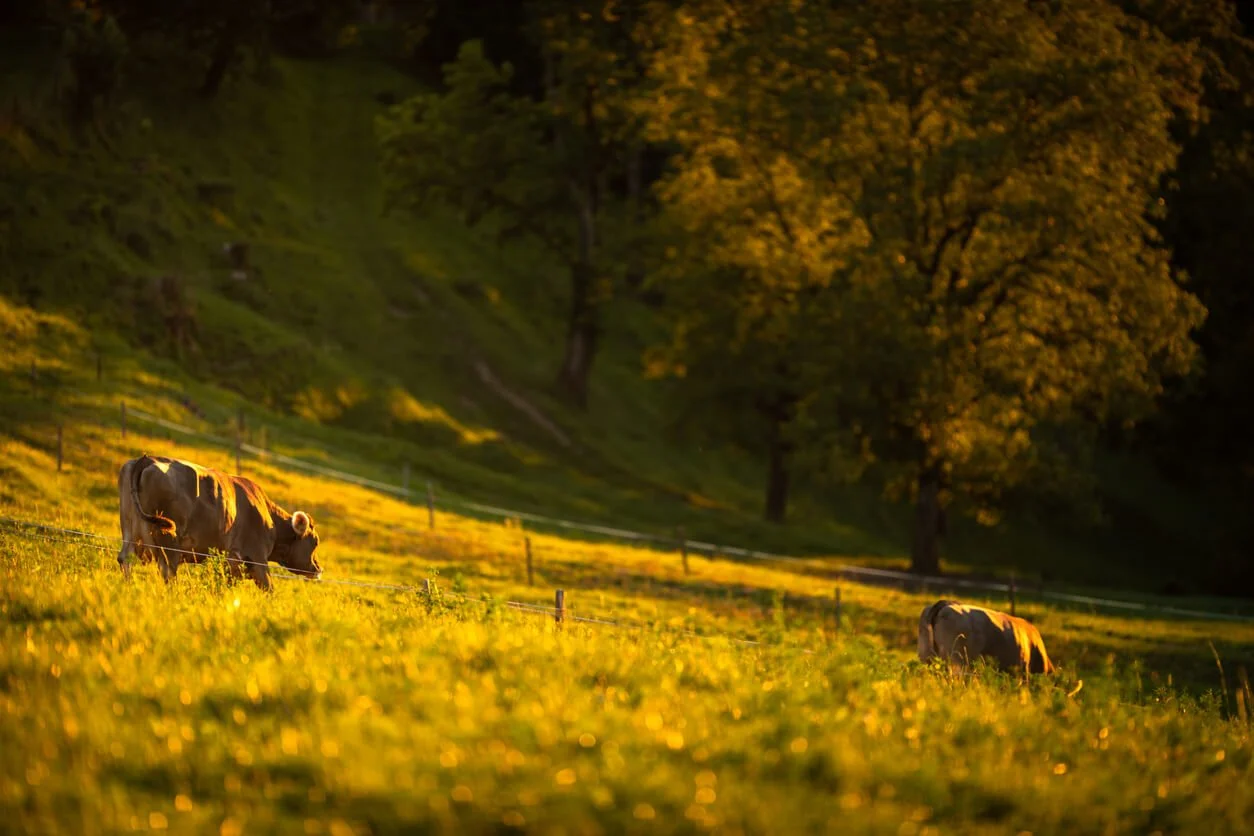Texas & Beyond
Pasture Grasses
Discover > Starting a Farm > Texas & Beyond
If you're looking for the best pasturing grass in Texas, you have come to the right place. There's no denying that pasture grass can be a great option for your livestock - but it can also be difficult to find the perfect combination of species and varieties best suited for your specific needs.
But if you want to know about pasture grasses, be it for your lawn where your kids can play or for rehabilitating land from a long drought or even for producing amazing pasture grass for selling at your location, you've come to the right place.
Clearly, pasture grass is one of the lifeblood that helps livestock farms in Texas and beyond to provide naturally-sourced feed. And in this article, we'll take a look at some of the best pasture grass for Texas and explore why these particular types are so ideal.
Pasture Grasses in Texas
Pasture-fed beef in Texas is one of the many prime examples that point to the advantages of farming your own feed. Ranchers are now leaning towards regenerative agriculture through pasture-grazing of their livestock.
This is why it's interesting to look into how certain, for example, cool-season and warm-season grasses are being used throughout the State. Also, what advantages each type has for pasturing livestock, and the impact it has on your farm's overall soil health.
The Popular Mix of Pasture Grasses
One of the most popular choices for pasture grass in Texas is a mix of Bahiagrass, Bermuda Grass, and Ryegrass. This combination gives you plenty of nutritional value as well as good wear tolerance (especially in dry conditions).
Bahiagrass is a perennial grass that provides lots of shading and protects the soil from erosion, while Bermuda Grass helps to keep pastures healthy with its dense root system. Finally, Ryegrass adds additional drought resistance as well as helps to regulate temperature.
The Hardy Tall Fescue
Another great pasturing grass for Texas is Tall Fescue. This grass is drought-tolerant, produces lots of forage, and is ideal for warm climates. Tall Fescue does well in both dry and wet conditions and has been bred to be highly resistant to disease.
In addition, it can withstand heavy grazing pressure which makes it a great choice for large pasturing land where multiple animals are kept together.
Cold Climate Texas Bluegrass
Finally, there's also the option of Texas Bluegrass. This is a cool-season grass that provides excellent shade and water retention. It's extremely durable in hot climates and can tolerate both heavy grazing and drought conditions.
In addition to its tolerance to hot temperatures, Texas Bluegrass also produces plenty of forage which helps livestock stay healthy and productive.
Common Pasture Grasses in the US
In the United States, there is a wide variety of pasture grasses that can be used for grazing animals. Each variety has its own set of benefits and drawbacks, so it is important to know what type of grass is best suited for your specific needs.
Here we will discuss some of the most popular pasturing grasses used in the US, their advantages and disadvantages so that you can make the best decision for your animals.
Kentucky Bluegrass
One of the most commonly used grasses for pasturing in the US is Kentucky Bluegrass. This perennial grass has a deep root system which makes it drought tolerant and able to survive through long periods without irrigation or mowing.
It also grows quickly and provides an excellent source of feed for animals. The downside to Kentucky Bluegrass is that it is not very resistant to wear and tear, so it may need to be replaced more frequently than other grasses.
Orchard Grass
Another popular choice for pasturing in the US is Orchard Grass. This annual grass grows quickly and efficiently, making it ideal for grazing animals. It is also high in energy and protein content, providing a healthy diet for your livestock.
The downside to Orchard Grass is that it does not have as deep of a root system as Kentucky Bluegrass, so it may need more frequent irrigation and mowing to keep it healthy.
Overall, there is no one perfect grass for pasturing in the US, as each variety has its own unique advantages and disadvantages. Taking all of these factors into consideration can help you decide which type of grass is best suited for your needs. With a little research and knowledge, you can find the best pasturing grass to provide a healthy environment for your animals.
The Benefits of Pasture Grass
If you’re looking to give your cattle, horses, and other livestock the best diet possible in the US, then you should consider incorporating pasture grass into their diets. Not only is it affordable and easily accessible, but it also offers a plethora of benefits that make it well worth considering.
Provide a Natural Nutrient Source for Livestock
Pasture grass provides essential nutrients such as proteins, carbohydrates, fats, minerals, and vitamins that are essential for the health of animals.
As it is a natural source of these nutrients, they are more readily absorbed by the animal’s body. Plus, pasture grass also contains beneficial bacteria which can help to improve digestive health and immunity.
An Alternative Feed Source
Pasture grass can also help to reduce feed costs as it is a natural, cost-effective source of nutrition for livestock.
It can also improve the flavor and palatability of their feed, which makes them more likely to eat it and therefore benefit from its nutrients.
Added Protection
Another benefit of pasture grass is that it helps to keep cows cool in the summer months. Taller types of grasses provide shade that protects the livestock from direct sunlight, reducing heat stress.
Furthermore, taller grass can also help with wind protection and frost resistance in winter months.
Regenerative Agriculture Through Pasture Grazing
Currently, there are livestock farms in Texas are using regenerative approaches to raising cattle and other sources of protein.
First off, they use endemic types of grass that are known to naturally grow out in the wild so as to have a perfect match with the area's soil condition. Which, in turn, the animals who pasture on these fields regenerate the soil through their droppings and by following a rotating grazing pattern.
There are already a number of cattle farmers and livestock raisers in the State that are practicing this specific type of pasture-grazing method. Of course, this approach requires wide tracts of land where a specified portion will be divided into areas. These areas will have a grazing schedule where some livestock raisers even have a sequence of the types of livestock for grazing in a specific area.
The livestock that will graze in those areas will then be moved so as to avoid overgrazing and their droppings will enrich the soil - paving the way to better soil nutrient recovery. Because of this approach to pasture grazing, there are even instances where whole cattle farms become resilient during droughts.
Overall, pasture grass has a variety of benefits that make it an ideal choice for providing nutrition to animals in the US. If you’re looking to give your livestock the best diet possible, then pasture grass is definitely worth considering.
Conclusion
No matter which type of pasturing grass you decide to plant in your Texas pasture, it's important to make sure that you choose the right combination of species and varieties for your individual needs. This will help ensure that your animals get the nutrition, protection, and wear resistance they need to stay healthy and productive.
As long as you keep all these factors in mind, you can be sure that the pasturing grass you choose will provide your livestock with the best possible feed and, when done a certain way, may have a positive impact on the environment.
For more information on how to become a farmer, click here!













